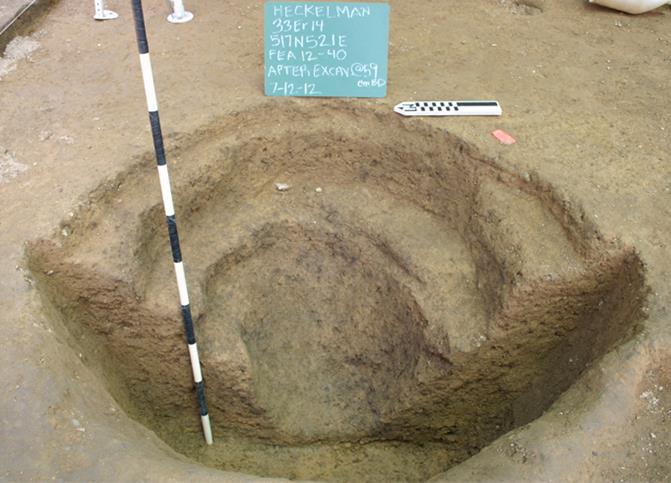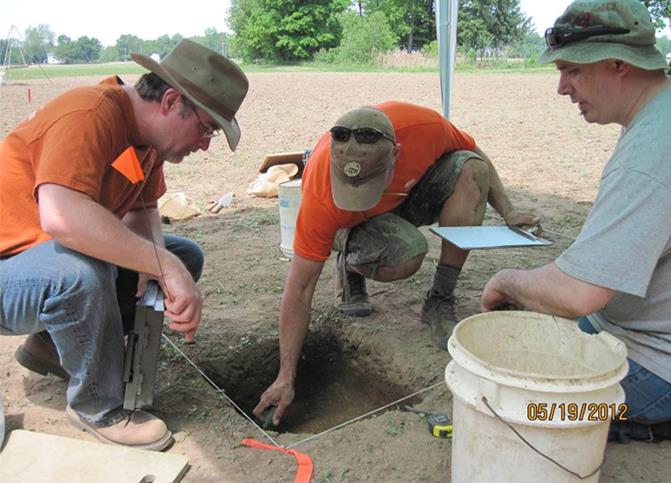
PHOTO: cmnh.org
Archaeology is the business of discovering how people lived in ancient times. It’s not unusual to find Native American ceremonial sites dotting the American countryside. Unfortunately, most of these sites in the lower Great Lakes area only give us an idea as to what the tribes living there thought about the afterlife, but a newly discovered ancient ceremonial site has been unearthed that’s entirely unique, because it gives us a glimpse into how the prehistoric Native Americans celebrated their lives here on this earth.

PHOTO: cmnh.org
The Archaeologists of the Cleveland Museum of Natural History, the University of Toledo, and the Firelands Archaeological Research Center in Amherst uncovered this specific ceremonial site within the famous Heckleman site. Heckleman is located in Erie County, Ohio, near Lake Erie, Lake Ontario, and Niagra Falls. The Heckleman site was inhabited during three distinct periods: a Hopwellian hamlet around AD 200, a Late Woodland village from AD 600, and a stockaded Late Prehistoric settlement occupied around AD 1400. The recently-found ceremonial site dates back 2,300 years.
The archaeologists were digging around at the Heckleman site when they discovered it: circular post molds. These organic stains in the soil suggested there were previously unheard of freestanding wooden ritual poles that the Early Woodland occupiers in 300 BC arranged in clusters. It was determined that they were not part of any structure, but that the poles were set up in the ground for ceremonies and then taken down after the ceremonies were done.
According to Dr. Brian Redmond, curator of archaeology at the Cleveland Museum of Natural History, they weren’t doing any sort of rituals related to the burial of their dead. There were, in fact, no burials found at the site that date back to the same time period as the posts.
The archaeologists also discovered hundreds of artifacts. Pottery, food remains, spear tips, flint knives, and stone tools were all found at the site.
Why is this find so significant? Well, it added a new piece to the puzzle that is the lives of Native American tribes in the Great Lakes regions. They celebrated life as well as death. They celebrated all of human existence, and that’s a beautiful thing that I think we could all take inspiration from.

PHOTO: cmnh.org
“The Heckelman site is unlike anything found in the lower Great Lakes of the United States. Most contemporary sites in Ohio focused on burial ceremonies and the building of mounds. To find evidence of life celebrations is an unexpected and exciting discovery. It gives us surprising insights about these prehistoric Ohioans that lived nearly 2,300 years ago.” — Dr. Brian Redmond, curator of Archaeology at the Cleveland Museum of Natural History

